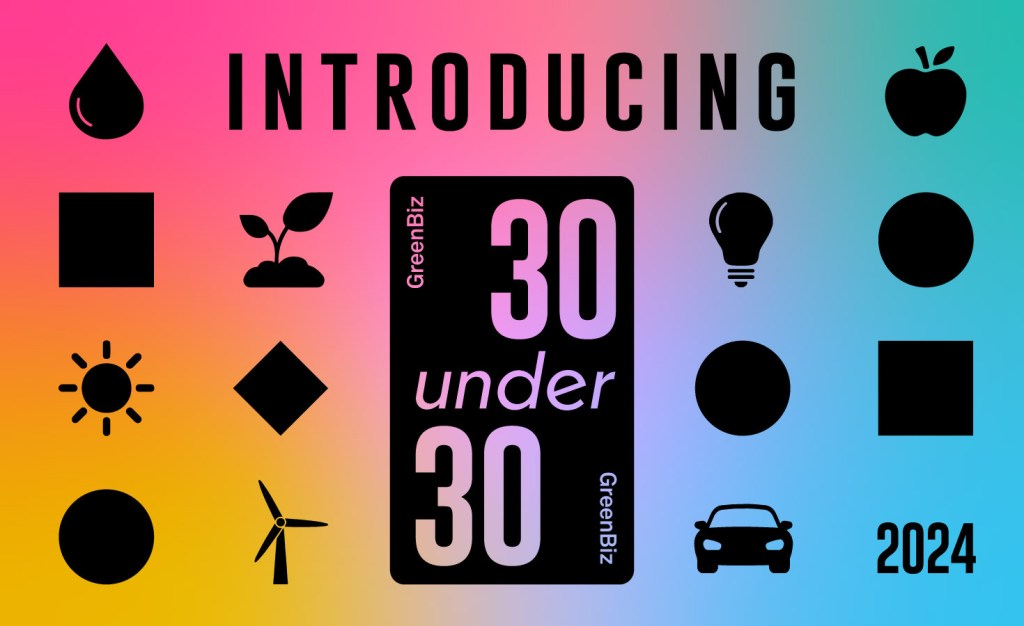Unilever rises above the regs on chemicals transparency
A new level of fragrance disclosure has the sweet smell of success. Read More

Half of all consumer products contain fragrance. More than 3,000 chemicals add fragrance to consumer goods worldwide. Nearly 200 of those chemicals are voluntarily restricted by the fragrance industry. The U.N. has designated a third of fragrance chemicals as dangerous. Seven are possible carcinogens, and 15 have been banned from Europe. None are required to be disclosed to consumers, per U.S. federal regulation.
Starting this year, Unilever is voluntarily disclosing online the fragrance ingredients included in individual products sold in the U.S. and Europe, down to 0.01 percent of the product formulation, along with details of the scent the fragrance ingredients bring to the product. The project is to be completed by 2018.
In Europe, Unilever home and personal care products are already labeled with fragrance allergens in line with stringent European Union regulations. The company is expanding this to its full, multibillion-dollar portfolio of U.S. personal care brands, including Dove, Noxzema, Lever 2000 and NEXXUS haircare.
The disclosure includes a “What’s in Our Products” section on Unilever websites, which provides details about the company’s approach to developing safe products and explanations of ingredient types. Individual product information will be databased using SmartLabel — a kind of online Rosetta Stone for the strange and ominous language of ingredient definitions, sourcing practices, advisories and usage and safe handling instructions — so that consumers can scan the UPC barcode on Unilever labels to look up chemical ingredients and understand their function.
“For the U.S. specifically, we will extend the fragrance ingredient updates to the more than 1,100 Unilever personal care products currently on SmartLabel,” Jonathan Atwood, vice president of sustainable business and communications for Unilever North America, told GreenBiz.
Rethinking regulation
The new policy goes beyond U.S. regulations on consumer-goods fragrance disclosure, which allows manufacturers to compresses an evolving library of thousands of chemicals into one convenient word: “Fragrance.”
“In the U.S., regulations require personal care products to list ingredients on-pack, but fragrance is listed as one ingredient. There is no requirement to label the components of the fragrance,” said Atwood. “Unilever is going beyond labeling requirements to provide this additional ingredient information. We believe successful implementation of our fragrance transparency initiative could serve as a model for others. Digital platforms such as SmartLabel enable us to provide more product information than we could fit on the package, and allows us to inform people about the purpose and benefit of ingredients.”
Fragrance sensitivity is a growing problem: Fragrance in personal care products is the second most common cause of allergic skin reactions. The vague descriptor is found in 96 percent of shampoos, 91 percent of antiperspirants and 95 percent of shaving products — even those marked as “unscented.” According to consumer advocacy group Women’s Voices for the Earth (WVE), children have been experiencing increased incidents of allergic contact dermatitis, once a rare skin condition. The organization said that women — the biggest users of perfumed personal care products — are twice as likely to report adverse symptoms from fragrance exposure.
Yet the U.S. currently allows the fragrance industry to self-regulate through the International Fragrance Association (IFRA) and the Research Institute for Fragrance Materials (RIFM). These organizations are chaired by the very companies that benefit from reduced oversight, an apparent conflict of interest.
According to WVE, which has been keeping tabs on the fragrance industry, most scientific studies on fragrance materials are generated by the trade association’s laboratories and are not published, peer-reviewed or publicly available. Chemicals that IFRA has flagged as dangerous are only voluntarily disclosed and removed from products.
“There is no independent review of laboratory practices, appropriate controls, levels of significance or any of the hallmarks of authoritative science to ensure that the results of these studies have not been manipulated to serve the interests of the manufacturer conducting the testing,” stated Alexandra Scranton, director of science and research at WVE.
“In addition, there are significant sins of omission. There is no evidence that the RIFM panel has reviewed the safety of several of the most controversial fragrance ingredients, such as hormone-disrupting phthalates and musks or carcinogens, including styrene and pyridine, in the last 30 to 40 years. What’s more, there are no established safety standards in place for these noted chemicals of concern.”
Under U.S. FDA regulations, fragrance chemicals can be listed simply as “fragrance” due to the Fair Packaging and Labeling Act, which protects companies from being forced to tell their trade secrets. The WVE believes that the “trade secret” mentality is outdated because innovations in reverse engineering technology have made it possible to replicate the list of ingredients found in a fragrance. But it doesn’t help consumers, scientists and doctors investigating what chemicals the public is being exposed to.
Making scents of fragrance disclosure
“[Unilever made] a groundbreaking announcement,” said Erin Switalski, WVE’s executive director, in a conversation with GreenBiz. “Unilever is a huge multinational company and the first company that has done this for personal care products. I think this is precedent-setting for the industry and has the potential to unlock fragrance transparency around all sectors. If you can do it for personal care where all these fragrances are used, then you can do it for any industry.”
Some companies already have made strides towards fragrance transparency. According to the WVE, in 2015, SC Johnson was the first conventional consumer goods manufacturer to list fragrance chemicals in products present at .09 percent or above of product formulation and promising to only work with fragrance houses that stuck to disclosure regulations. However, SC Johnson’s products, while not containing the carcinogen formaldehyde, were found to include formaldehyde-releasing ingredients. The hormone disruptor Galaxolide was also found in products — as well as in 92 percent of water samples in Lake Michigan, near the company’s headquarters.
Prior to that, in 2012, Procter & Gamble began disclosing fragrance palettes of chemicals that may appear in its products. In 2013, RB (maker of Lysol and Airwick) disclosed product-specific fragrance allergens in cleaning products. In 2014, Clorox committed to disclosing product-specific fragrance allergens in cleaning and disinfectant products. Unilever is going even further towards fragrance transparency, disclosing chemicals down to 100 parts per million for products that consumers put directly on their bodies.
Switalski believes that disclosure can lead to the reformulation of products to actually make them safer.
“Companies don’t want to be putting out information that demonstrates they have highly toxic chemicals in their products,” she said. “For example, in 2012, P&G had a list of 2,300 chemicals that might be used in fragrances, from tampons to laundry detergent. In 2016, they added a list of 140 chemicals that they won’t use in fragrance products. We identified another set of about 37 chemicals that are no longer approved by the company. Presumably, they’ve been reformulated out of products.”
The sweet smell of success
Unilever expects its new fragrance policy to waft down to the bottom line. The company says its “sustainable living” brands have experienced 30 percent more growth than other product lines.
“We believe transparency is fundamental to running a sustainable business,” said Atwood. “We found that many people, particularly in Europe and the United States, want to know more about the ingredients in its home and personal care products, in a way which is easier to access and understand.”
Where governments have been lax, Atwood said Unilever has “worked closely with our fragrance suppliers to ensure their support and assistance for our fragrance ingredient disclosure initiative.” The fragrance transparency initiative has broad internal support from executive leadership, research and development teams and marketing.
It comes down to customer trust, he said: “We believe this initiative will help our consumers learn more about the products they use every day and continue to build trust for their favorite personal care brands.”












